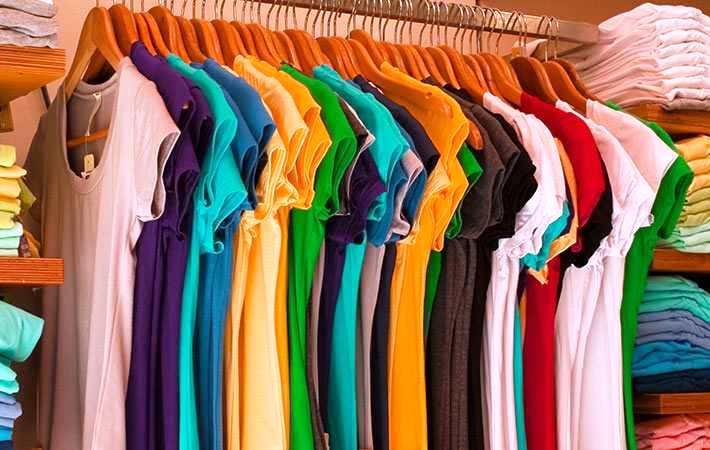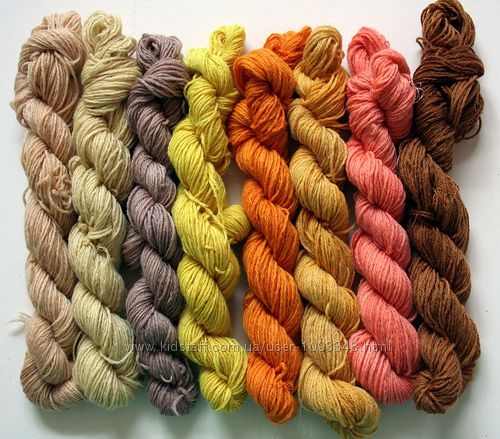
PEW demands leather promotion for economic growth
January 5, 2018
No sales tax, customs duty on cotton imports in Pakistan
January 9, 2018According to the new study published by P&S Market Research, the ASEAN & South Asia dyestuff for textile market is forecasted to Reach $1,938.9 Million by 2023.
The growth of the ASEAN and South Asia dyestuff for textile market is mainly driven by the tremendously high demand of dyestuff from the home textile and automotive textile industries, in emerging economies.
The apparel industry is witnessing tremendous growth in the current scenario, owing to the surge in demand for apparels such as outerwear, jeans, t-shirts, innerwear, shorts, dresses, trousers, children’s wear, and socks, across the world. For instance, as per NDP Group, Inc., in 2016, the apparel sales in the U.S. increased by 19% for men’s, women’s, and children’s apparels. Accordingly, the demand for dyestuff (black color) used in the manufacturing process of these wide range of apparels is also growing.
On the basis of type, the ASEAN and South Asia dyestuff for textile market is segmented into reactive dyes, disperse dyes, vat dyes, direct dyes, acid dyes, sulfur dyes, and others. Reactive dyes held the largest share of the ASEAN and South Asia dyestuff for textile market, in terms of both value and volume, in 2016. The main characteristic of reactive dyes is the formation of a covalent bond with cellulose, which is the key component of cotton fibers, making it the most permanent of all dyes. This makes reactive dyes a preferred choice over other dyes in the ASEAN and South Asia dyestuff for textile market.
In terms of value, disperse dyes are the fastest growing segment in the ASEAN and South Asia dyestuff for textile market, and are expected to maintain the same trend during the forecast period. This is due to the fact that among all types of dyes, only disperse dyes are effective for “Normal” polyester.
India held the largest share of the ASEAN and South Asia dyestuff for textile market, in terms of both revenue and volume, in 2016. There has been a significant growth in the dyestuff industry during the last decade, which has created an export opportunity for India in the ASEAN and South Asia dyestuff for textile market. Due to the enforcement of strict pollution control norms, several units in countries such as the U.S., Germany, France, and the U.K., has resulted in a closure of units, which has given rise to capacity building in India, and has hence, made the country a largest market in dyestuff for textile.
Bangladesh held the second largest share of the ASEAN and South Asia dyestuff for textile market, in terms of both revenue and volume, in 2016. Bangladesh is emerging as an exporting nation of textile products. The demand of dyes in the country has increased significantly in recent years. Low-wage labor and easy raw material availability are some of the prime factors driving the country’s dyestuff for textile market. The dyestuff sector is one of the important segments of the chemical industry in Bangladesh. The country imports almost 95.0% of the textile dyestuff, majorly from China, India, Thailand, Taiwan, Korea, Sri Lanka, U.S., Germany, Italy, Spain, Singapore, Switzerland, and Turkey.
Some of the key players operating in the ASEAN and South Asia dyestuff for textile industry are Huntsman Corporation; Krishna Dyestuff Company; Monarch Dyestuffs Industries and Exports Ltd.; Sumitomo Chemical Company, Limited; Lanxess AG; E.I. du Pont de Nemours and Company; BASF SE; Atul Ltd.; Hangzhou Sunshine Chemicals Co., Ltd; and Arkema Group.
Source: www.globenewswire.com




12 Comments
online order enclomiphene cheap from canada
discount enclomiphene canada
achetez kamagra en ligne avec livraison le lendemain
non presciption kamagra
Buy androxal online without a dr approval
purchase androxal generic androxals
discount flexeril cyclobenzaprine cheap mastercard
get flexeril cyclobenzaprine generic compare
cheapest buy gabapentin generic name
gabapentin online without prescription
cheap fildena purchase in the uk
ordering fildena generic is it safe
how to buy staxyn united kingdom
staxyn without a prescription or doctor
buy itraconazole cheap discount
discount itraconazole generic form
purchase avodart generic release date
order avodart generic united states
rifaximin without a perscription shipped overnight express
how to order rifaximin cheap from usa
ordering xifaxan buy san francisco
how to order xifaxan purchase no prescription
velitel kamagra generický
kamagra přes internet